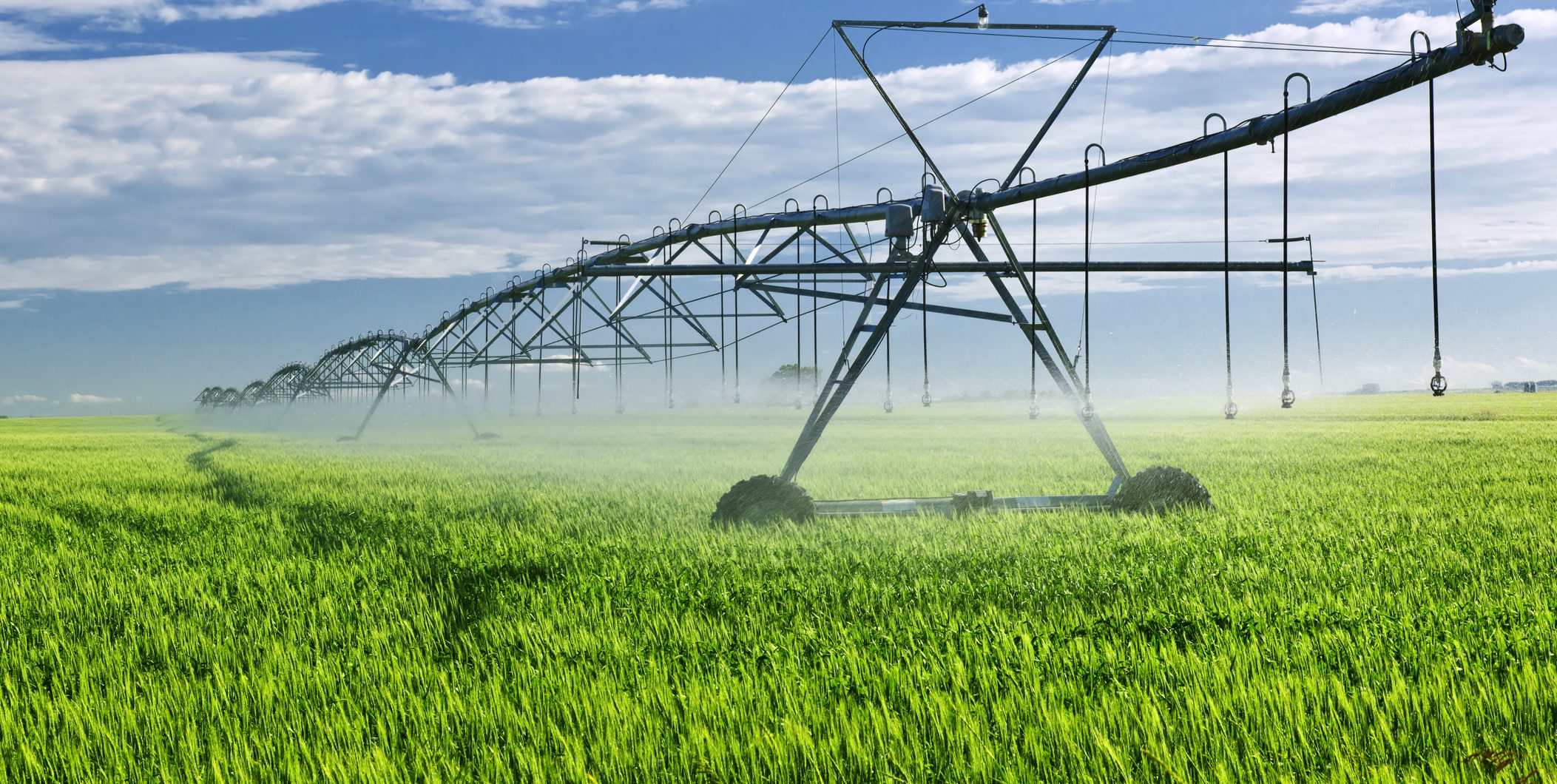According to the authors of a new study, diversification of agricultural crops could help decrease water use, among other resource savings, but strategies to enhance the sustainability of food systems require the quantification and assessment of tradeoffs and benefits across multiple dimensions.
In their paper, Assessing the sustainability of post-Green Revolution cereals in India, researchers quantitatively assessed the outcomes of alternative production decisions across multiple objectives using India’s rice dominated monsoon cereal production as an example, as India was one of the major beneficiaries of Green Revolution technologies.
“To make agriculture more sustainable, it’s important that we think beyond just increasing food supply and also find solutions that can benefit nutrition, farmers, and the environment,” said study lead author Kyle Davis, a postdoctoral research fellow at the Data Science Institute at Columbia University, New York. “This study shows that there are real opportunities to do just that. India can sustainably enhance its food supply if farmers plant less rice and more nutritious and environmentally friendly crops such as finger millet, pearl millet, and sorghum.”
Using a series of optimizations to maximize nutrient production (i.e., protein and iron), minimize greenhouse gas (GHG) emissions and resource use (i.e., water and energy), or maximize resilience to climate extremes, the researchers found that diversifying crop production in India would make the nation’s food supply more nutritious, while reducing irrigation demand, energy use, and greenhouse gas emissions.
The authors found that planting more coarse cereals could on average decrease the demand for irrigation water by 3 per cent to 21 per cent and reduce energy use by 2 per cent to 12 per cent, while maintaining calorie production and using the same amount of cropland. The diversification of crops would also increase available protein by 1 per cent to 5 per cent; increase iron supply by between 5 per cent and 49 per cent; increase climate resilience (1 per cent to 13 per cent fewer calories would be lost during times of drought); and reduce GHG emissions by 2 per cent to 13 per cent.
The authors specifically recommend replacing some of the rice crops currently being cultivated in the country with nutritious coarse cereals like millets and sorghum and argued that such diversification would also enhance the country’s climate resilience without reducing calorie production or requiring more land.
The authors point out that the Indian Government is currently promoting the increased production and consumption of these nutri-cereals, efforts that they say will be important to protect farmers’ livelihoods and increase the cultural acceptability of these grains. With nearly 200 million undernourished people in India, alongside widespread groundwater depletion and the need to adapt to climate change, increasing the supply of nutri-cereals may be an important part of improving the country’s food security.













